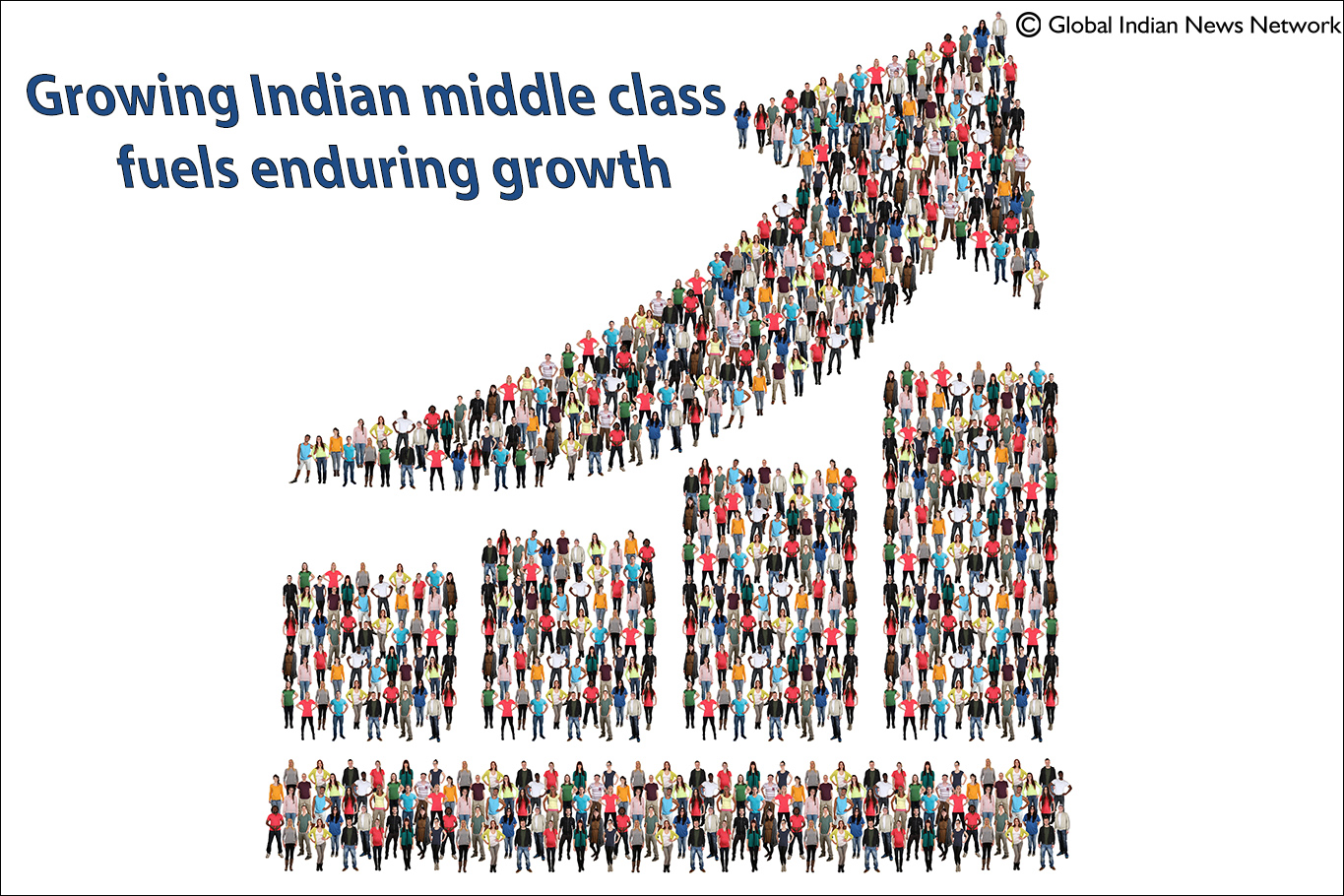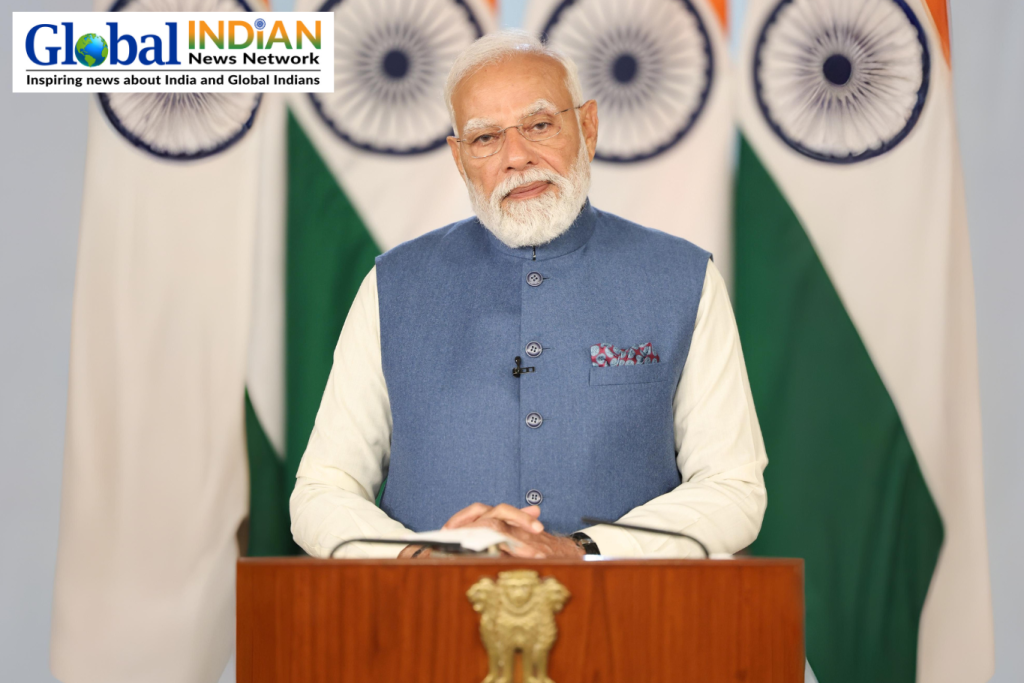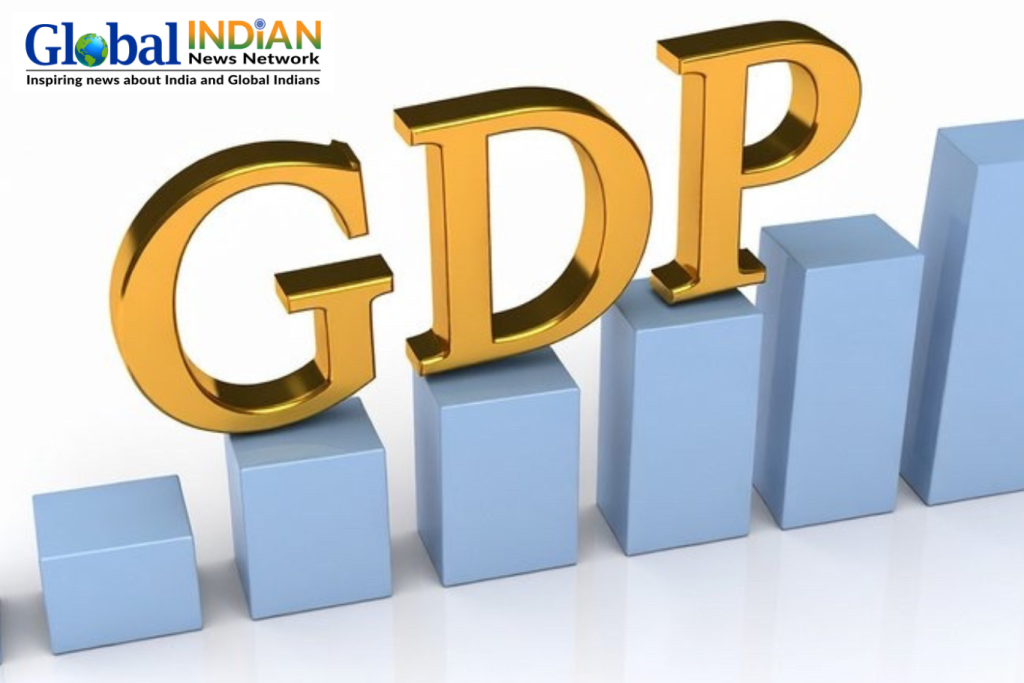 India finds itself in a favorable position due to the rapid expansion of its middle class, driving domestic consumption even amidst global challenges and economic uncertainty. This positive trajectory is projected to continue. A recent report from People Research on India’s Consumer Economy (PRICE) and India’s Citizen Environment highlights that India’s middle class is set to nearly double to 61% of the total population by 2047, up from 31% in 2020-21, coinciding with India’s 100th year of independence.
India finds itself in a favorable position due to the rapid expansion of its middle class, driving domestic consumption even amidst global challenges and economic uncertainty. This positive trajectory is projected to continue. A recent report from People Research on India’s Consumer Economy (PRICE) and India’s Citizen Environment highlights that India’s middle class is set to nearly double to 61% of the total population by 2047, up from 31% in 2020-21, coinciding with India’s 100th year of independence.
The primary driver of India’s growth story appears to be the rise in middle class consumption across urban and rural areas. Notably, this growth is expected to be most prominent among young people. By 2030, India is projected to have the largest “young consumer market” in the world, with 357 million consumers below 30 years of age.
This trend aligns with aspirations for upward mobility in the middle class, in line with the broader development goals of the nation. Amitabh Kant, India’s G-20 sherpa and former CEO of Niti Aayog, emphasized this connection.
Recent data from the State Bank of India (SBI) reveals an expansion of the middle class, as indicated by the increased number of income tax returns filed. The report shows that during the assessment year 2022-23, 0.94 million (9.4 lakh) tax returns were filed, up from 0.73 million (7.3 lakh) the previous year. Remarkably, 75% of these returns were filed on or before the due date. This growth extends even to smaller states such as Manipur, Mizoram, and Nagaland.
Furthermore, the report highlights substantial growth in income. The weighted mean income increased from 0.53 million USD (53 lakh INR) in assessment year 2013-14 to 1.56 million USD (156 lakh INR) in fiscal year 2022-23. States like Uttar Pradesh and Bihar, previously considered underdeveloped, have experienced a surge in tax filings.
Prime Minister Narendra Modi expressed confidence that India’s trajectory will lead to a developed nation by its 100th year of freedom in 2047. World Bank President Ajay Banga lauds India’s resilience, citing its focus on domestic consumption as a cushion against global economic slowdowns.
The rise of India’s middle class stands in contrast to China’s economic slowdown, which has impacted its middle class negatively. While India’s growth has attracted global investors and companies, there are challenges to address. Reforms in labor and land acquisition, as well as careful policy planning, are essential. Learning from China’s experiences, India must strike a balance and seize its advantage while remaining cautious.










